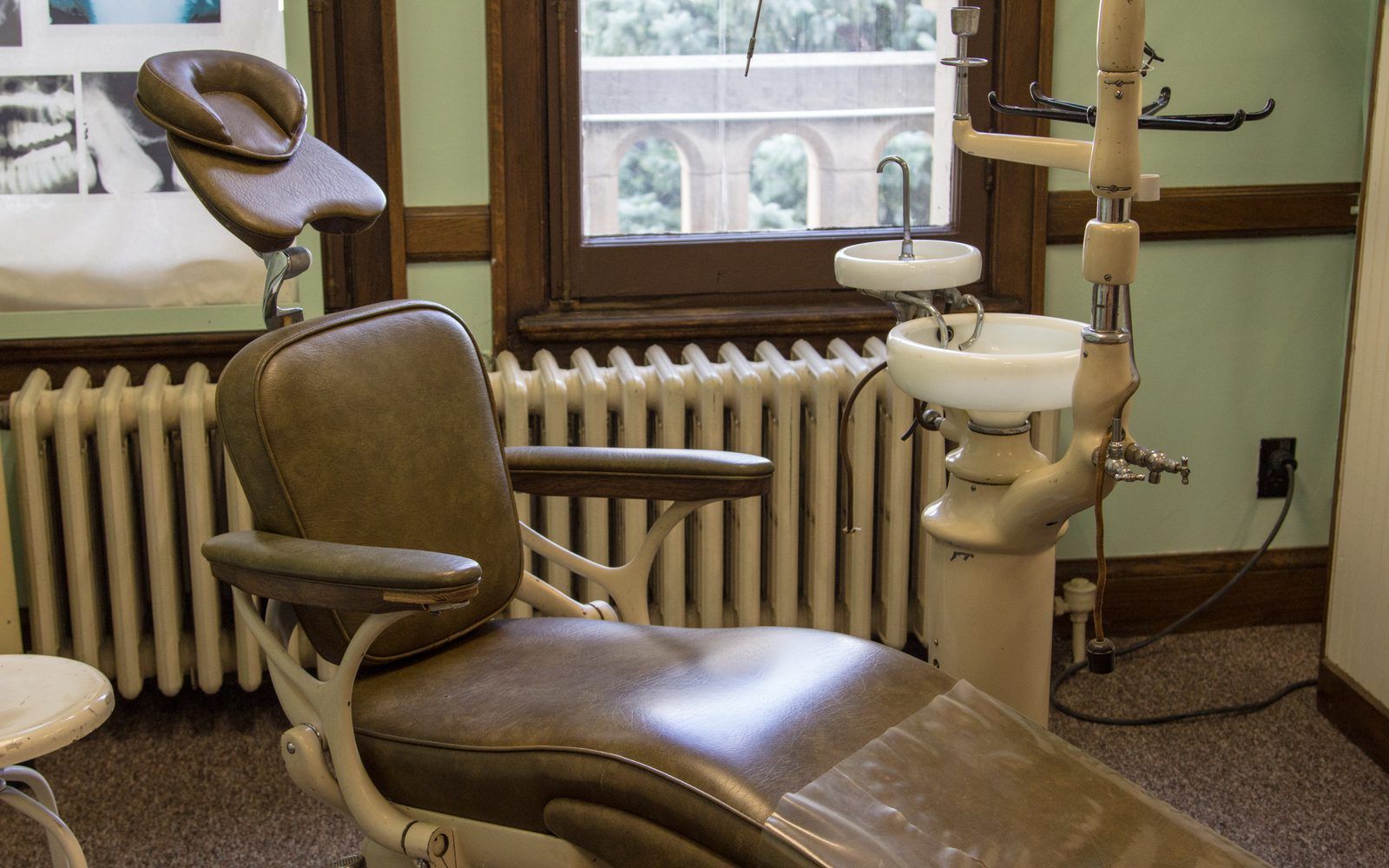The 60 Years of Evolution in Dentistry

The last 60 years have been a time of huge advancements for the dental industry. Within this timeframe, there have been numerous advancements in diagnostics, treatment options, and even specialties that have continuously helped dentists keep up with the demands of healthcare. Modern dentistry has now come with its own challenges, but we’re here to look at the evolution of dentistry at a glance to provide context for what has become of today’s modern practices and standards for better oral care.
A Glance At Dentistry From the ’60s to Today
The past few decades have brought out significant changes in technology, treatment options, dental techniques, and even professions. Here’s a short glance back in time to see what’s changed:
- Dentistry in the 60s: Dental practices during this time were highly limited in their capabilities, primarily focusing on treatment-based results through the introduction of fluoride treatments, 6-month exam cycles, and even the beginning of diet measures such as diet and exercise changes. The 60s also brought very little in the way of specialties, where dentists working in operations and surgical procedures were more often found than endodontists and pediatric dentists. Dentists would require at least a 4-year degree to practice, and due to the lack of inflation, operative costs for treatment were relatively less expensive.
- Dentistry in the 70s: Throughout this period, more dental specialties were brought into the limelight, including the introduction of pediatric dentists and endodontists. With the increasing demands for dental treatment, the first-ever dental benefits insurance plans started appearing as researchers worked to develop preventative treatment options for people’s oral health.
- Dentistry in the 80s: The 80’s brought out the desire for more aesthetically pleasing smiles, where tooth-colored restorations took place over metal ones. The use of composite resin helped advance the development of restorative treatment options in dental practices, resulting in a complete shift in focus in dental care.
- Dentistry in the 90s: The 90s is considered one of the largest growth periods for dentistry, as specialties such as cosmetic dentists and restorative dentists started taking over the scene, increasing the rate of dental establishments across the country. It was also during this time that many technology advancements were made, including cone beam technology and intraoral scanners, and studies into lesser-known problems such as sleep apnea and oral cancer detection started taking hold of the industry.
- Dentistry in the early 2000s: The 2000s was the time of budding social change, and with that change came many advancements in the field, both socially and technologically. Dental practices started seeing more women and people of color in the field, and technologies such as digital x-rays, laser treatments, and computer-aided manufacturing started changing the ways dentists provide restorative treatments. The updates to prevention-based treatments and awareness of cavities helped reduce cavity rates to combat the issue of poor oral health.
- Dentistry Known Today: Nowadays, there are more women and people of color in dentistry overall, as college graduates in the field are 50% female compared to the 70% male geographic back in the 60s. About 25% of dentists are considered specialists in some form of dentistry, and about 50% of dentists today are either part of a group or corporate practice.
What The Future of Dentistry Will Look Like
Today, more and more conservative measures are being taken to help increase tooth preservation for everyone. As the dental industry continues to change over time, it’s important to know that the advancements in conservative treatments can allow patients to receive treatment more affordably through their treatment plans and cooperation with their dentists.

